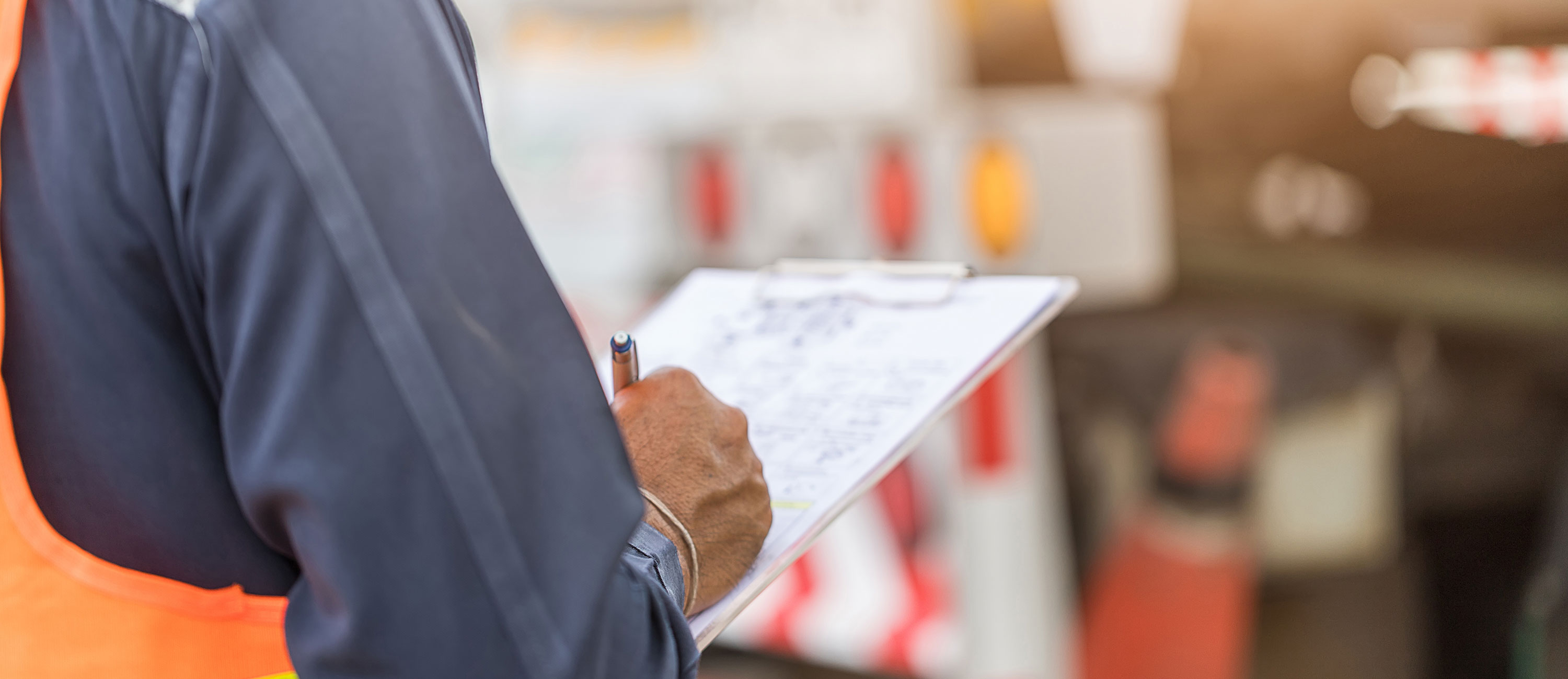Recently, the spectacular accident of an electric car driver went through the media: On a country road near Tyrol, the car had landed on a tree. In addition to the completely burned-out wreckage, something remained in the end: a 600-kilogram lithium-ion battery. The fact that it had also caught fire meant that it was considered hazardous waste – a challenge for the fire department and the manufacturer of the car, who only agreed to dispose of the battery residues properly after weeks and due to media pressure.
But it is not only in the event of such an accident that the batteries must be handled with special care: Even undamaged and new lithium-ion batteries are – rightly – considered dangerous goods. In addition to lithium ions, they contain graphite, cobalt and an electrolyte solution. If a mechanical load acts on it or it overheats, the battery can catch fire and release environmentally harmful substances. Thanks to their high energy density, the batteries are used in portable devices such as cell phones and cameras, but now also in garden tools, cordless screwdrivers and electric cars. Demand and transport volumes are therefore rising steadily – and are certainly partly responsible for the new legal requirements.
Before a manufacturer is allowed to send his batteries on their journey, they must pass the so-called UN 38.3 transport test of the Federal Institute for Materials Research and Testing (BAM). The test is divided into individual examinations that check, for example, the behavior of the battery under extreme temperatures, pressure, short circuit or overcharging. Since January 1, 2020, however, not only a short note such as “The UN 38.3 test was successfully passed” is sufficient for the transport. Instead, the manufacturer must provide the carrier with a detailed test summary. Among the contents it must contain are:
– the contact information of the manufacturer
– the contact information of the testing laboratory
– a unique test report ID
– A description of the cell/battery including, among other things, information on battery type, mass and lithium content
– the model number
– a list of the tests performed and results
– a reference to the used revised edition of the manual on tests and criteria (published by BAM)
– they signature with the name and title of the signatory as an indication that the information provided is so correct
We at Regoplast GmbH welcome the changes. Because when it comes to transporting hazardous goods, things can never be safe enough – and that means different industries have to work together consistently. Our contribution to more safety are among others various high quality
hazardous goods labels
Please have a look at our products.


